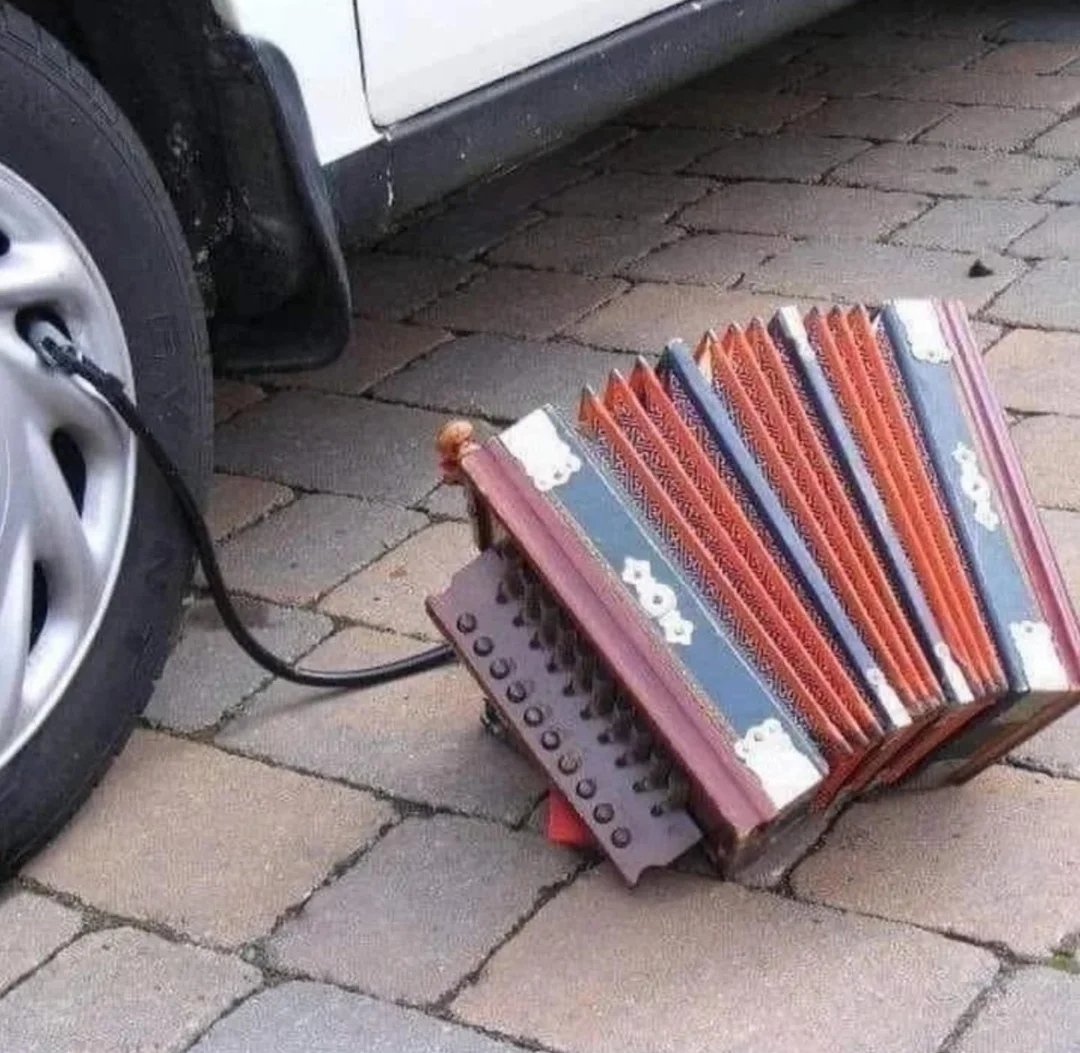…Parts of Robert.
Ok, here me out… wait wait just listen. This absolutely violates every Osha regulation in the book, no body is arguing that, but what I am about to argue is this is actually pretty safe.
- Those sparks cool through the air fast enough that they won’t burn skin let alone solid steel.
- any melted metal is under the tanks so it will drop safely to the ground.
- If any melted metal did land on the tank it would not be enough to melt through. It would simply solidify and leave a clump of metal.
- even if he aimed the torch directly at the tank it would still take 3-5 Minutes to burn through way more than enough time to realize what he is doing.
- even if he did somehow Pierce the tank they would not explode they don’t have oxygen in them they would only burn a small torch like flame out the hole you put in it.
- if one of them for some reason exploded(once again not going to happen) it would not set up a chain reaction, these tanks are made like….Tanks they will not explode from so little force.
Point #4: definitely not minutes. 3-5 sec “maybe” but realistically I give it 1-2s max.
1. Cutting Time with an Oxy-Acetylene Torch:
• For a small, standard propane tank (like a 20 lb tank), cutting with an oxy-acetylene torch might take about 5-10 minutes, depending on experience, tank thickness, and careful management of the torch.
• Cutting thicker or larger tanks would take longer, but the time should be similar for standard consumer propane tanks.
Lmao tell me you have no idea what you’re talking about without telling me. You probably prompted an AI that got confused and tried to tell you you’d get 5-10 min of burn time out of a small set of tanks.
First off the dude in the pic is welding. You can see the grounding clamp on the back of the truck. Welding sparks are white, torches are usually orange. And to get a welder to hit gas inside of a tank… 1-2 seconds.
If somehow those are torches in the picture, you can get oxy torches through the (up to) 2mm thickness of those tanks in no time (maybe like 1-2 seconds). Here’s a video of a guy cutting though 1/4" ~6mm in seconds, for reference: https://youtube.com/shorts/JLijFDI-qgA
I agree with your overall point that this is relatively harmless, but points 5 and 6 are false.
https://en.m.wikipedia.org/wiki/Boiling_liquid_expanding_vapor_explosion
Eeh, just because something can happen doesn’t mean it will, if they were punctured somehow that allowed all the gas to escape at once sure, but we are talking about a literal slow burn, the initial hole will be smaller than the hole on the torch that itself is spraying gas(or not but it’s irrelevant) unless after it starts spraying a torch in your face you continue to burn it it will never get big enough to explode and even then the gas will probably all escape or at least depressurize by time you get through it.
I maintain that it wouldn’t set off a chain reaction Though, this isn’t a Movie.
How about… the tanks could be empty?
Once they have been filled once they are never truly empty.
Even then, it’s much safer to assume they are full than gambling on them being empty. Dangerous goods transport regulations don’t differentiate for a reason
If they’re brand new that would be fine, if they have been used, it may be even more dangerous because they’re full of trace fumes.
Whoa that’s way too simple.
Nah, that red outline will contain any detonation.
Looks like he made a journey to the center of the Earth.
Breaking: Sparks Spark Investigation
This is absolutely a safety rule violation that shouldn’t even fit in someone’s head. But, playing Satan’s proponent, what if they were certain the tanks were all empty? Would it still be dangerous?
Empty but having once been filled is more dangerous than full.
New and empty is a different story.
Why is empty but history of being filled more dangerous than full?
Because the assumption that there’s no danger, coupled with the fact there’s now oxygen inside the tank, much more likely to be near the flammable or explosive ranges.
When full or in use you expect it to have fuel in it and usually take more care (obviously the welder isn’t), and if a leak catches fire it then turns into a torch, until the tank overheats and bleve’s (very unlikely that you don’t notice the torch before the bleve)
The big risk of full is, you might have a steady leak that stays in the area, and then you ignite it somehow. But the likelihood is very low that it would get to the flammable or explosive ratio in open air like this.
I could be remembering wrong, but basically any remnants inside are unpressurized, so they’re all vapor, easy to heat since there’s less thermal mass, and ready to light if there’s any oxygen.





